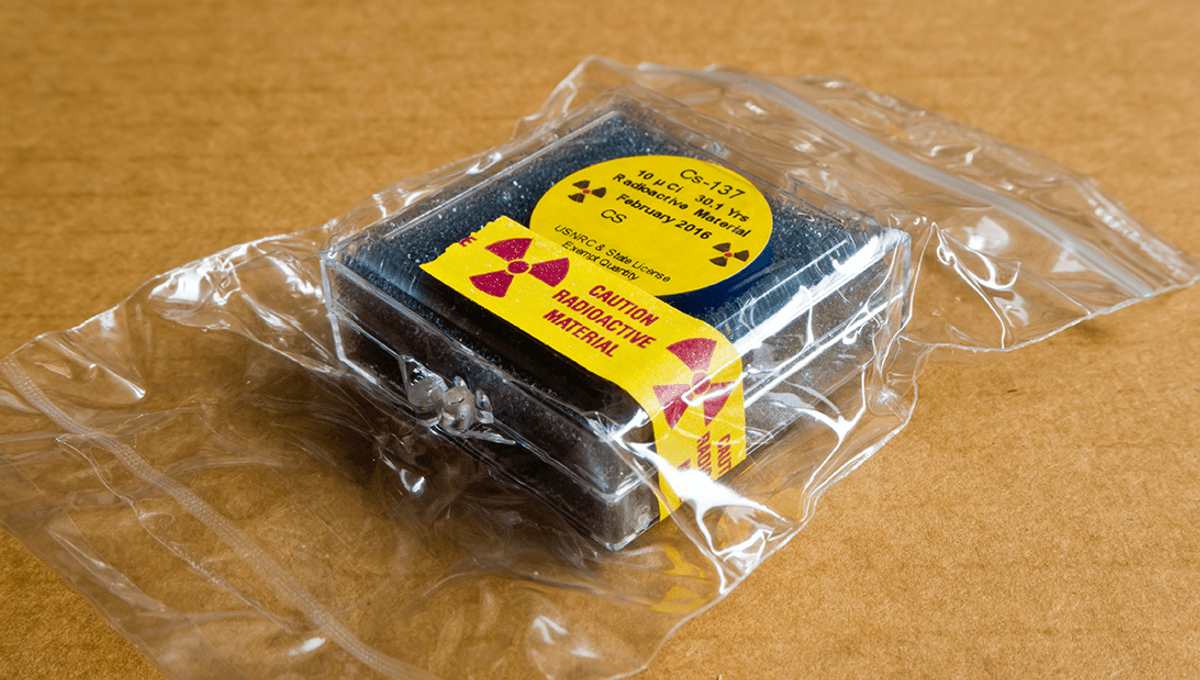Prepare to be amazed when you take a peek at the back of your throat. You might just spot a little lump of hard material nestled in your tonsils. These mysterious formations are known as tonsil stones, but what exactly are they made of?
Contrary to popular belief, that dangly thing at the back of your throat is not your tonsil. It’s actually called the uvula, and its purpose is to prevent food and liquid from going up your nose when you swallow.
Your tonsils, on the other hand, are located on either side of the uvula in your throat. They are oval-shaped mounds of tissue with something called tonsillar crypts, which are folds, gaps, and crevices in the tonsils.
.png)
Tonsils play a crucial role in your immune system as they act as the first line of defense against pathogens entering your respiratory tract. Although tonsil removal in children is common, recent research suggests that doctors should think twice before performing this procedure due to the importance of tonsils.
The fancy term for tonsil stones is tonsilloliths. They are quite common and usually not painful or harmful, although they can cause persistent bad breath.
.png)
These stones earned their name because they resemble small yellow or white pebbles, ranging in size from tiny grains to gravel particles. In rare cases, they can even grow to be as large as a ping pong ball. Typically, these stones are nestled in the tonsil crypts, securely cocooned within the folds of your tonsils.
Tonsil stones are formed from materials and debris that get trapped, such as food particles, bacteria, fungi, or minerals like calcium.
Fortunately, these stones usually don’t pose a risk to your health and are not considered an infection. Tonsillitis, on the other hand, is an example of a tonsil infection. While it can cause bad breath and throat pain similar to tonsil stones, it is often accompanied by red, inflamed tonsils, headaches, and fever.
These stones can emit a horrendous odor, which can lead to really bad breath. Scientists have delved deeper into this issue. In one study, researchers examined the microbial profiles and composition of the stones and discovered that they were teeming with anaerobic bacteria known for producing volatile sulfur compounds.
There are a few at-home methods that people can try to remove tonsil stones.
In rare cases, it may be necessary to consult a specialist. This is typically when the tonsil stones are too large and causing pain, or if there are recurrent infections.
Another procedure that specialists may consider is tonsillectomy, which involves surgically removing the tonsils. This option is only recommended when a person experiences chronic, severe tonsil stones and other methods have proven unsuccessful.
All “explainer” articles are confirmed by fact checkers to be correct at the time of publishing. Text, images, and links may be edited, removed, or added to at a later date to ensure the information remains current.








